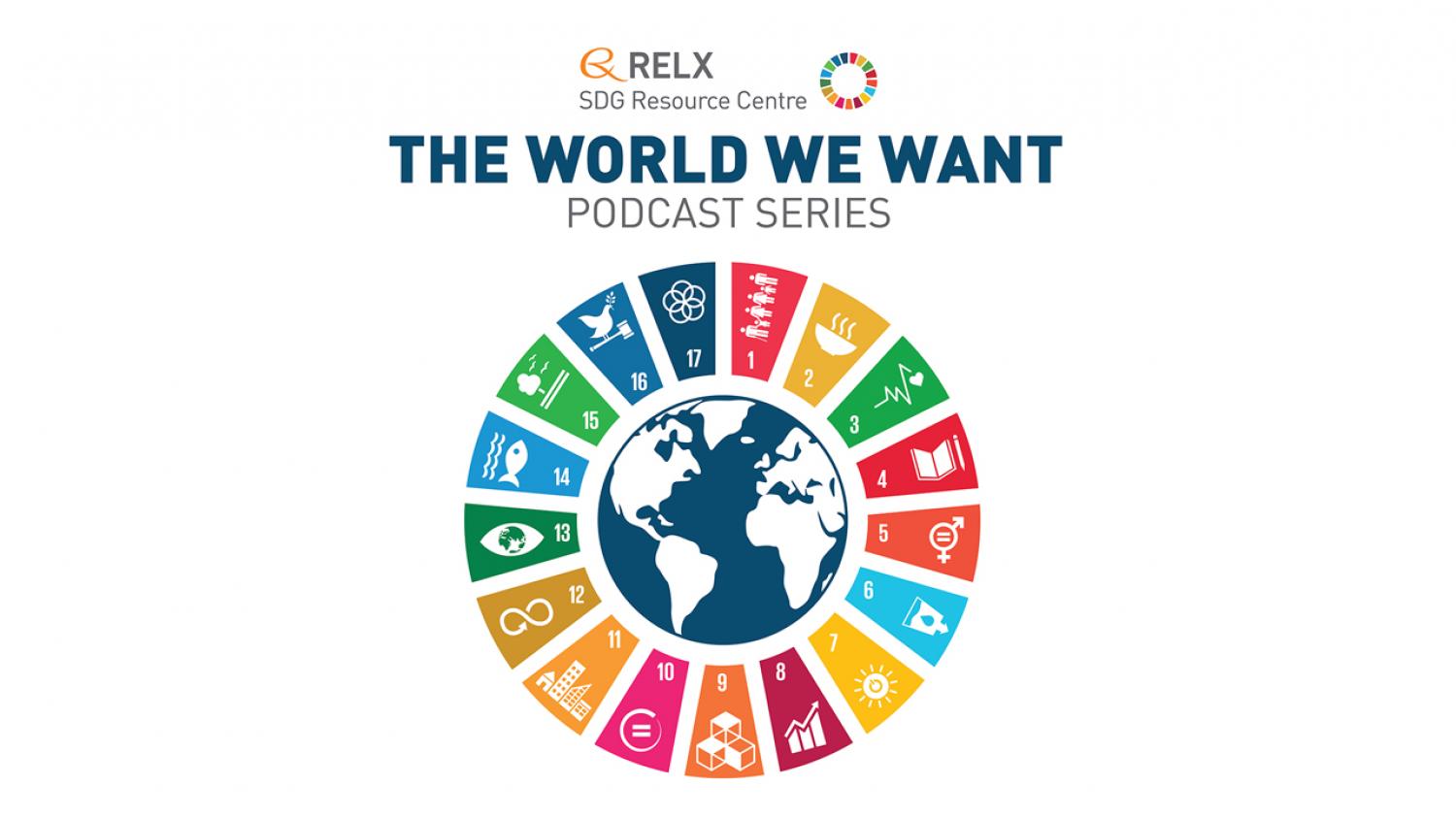Female hyperuricemia is correlated with higher thyroid hormone resistance index scores. Learn about improvements to womens health after Laparoscopic Sleeve Gastrectomy, particularly in resistance to thyroid hormones.
The number of women involved with forensic mental health systems internationally is rising. Limited research has explored the characteristics of those assessed for criminal responsibility. This article investigates the demographic, psychiatric, and criminological characteristics of women recommended as eligible or ineligible for the defence of Not Criminally Responsible (NCR) on account of mental disorder following a criminal responsibility assessment in Central Canada.
This content aligns with Goal 3: Good Health by emphasizing the importance of early diagnosis and comprehensive evaluation of hearing loss in children, which is crucial for preventing delays in speech, social development, and learning outcomes. By highlighting the genetic causes of hearing loss and the role of genetic testing, the chapter promotes effective interventions that can significantly improve health and developmental outcomes for affected individuals. Additionally, it supports Goal 10: Reduced Inequalities by advocating for accessible diagnostic processes and personalized care strategies that ensure all children, regardless of their background, receive the necessary support to address hearing loss and its associated challenges.
This content aligns with Goal 3: Good Health by sharing current breast cancer screening strategies for nurse practitioners.
In this episode of the "World We Want" podcast, Márcia Balisciano interviews Marty Odlin, Founder and CEO, Running Tide. They discuss Running Tide's business model and how it plans to mitigate ocean acidification while remaining self-sustainable in the long run.
This article supports SDGs 13, 15 and SDG 11 by exploring the utilization of soil microbe based desertification management practices and highlighting emerging technologies in the field. It discusses the policy implications and strategies that can support sustainable land use practices.
Transportation electrification is a critical step toward energy transition and a low-carbon society, with wide-ranging social and economic impacts. This study examines the significant role of the 2023 United Auto Workers strike in the context of transportation electrification, with a focus on its implications for the automotive industry and labor market dynamics.
This heartbreaking/hopeful (it varies depending on perspective) One Earth Research Article shows that children view climate change as an existential threat, and want to know what they can do about it (SDG 13).
This Editorial highlights disparities and inequalities in access to cancer screening and treatment (and consequently worse survival outcomes) in people with physical and intellectual disabilities.
This Personal View supports SDGs 3 and 13 by presenting research recommendations to advance disability-inclusive climate research and responses .


